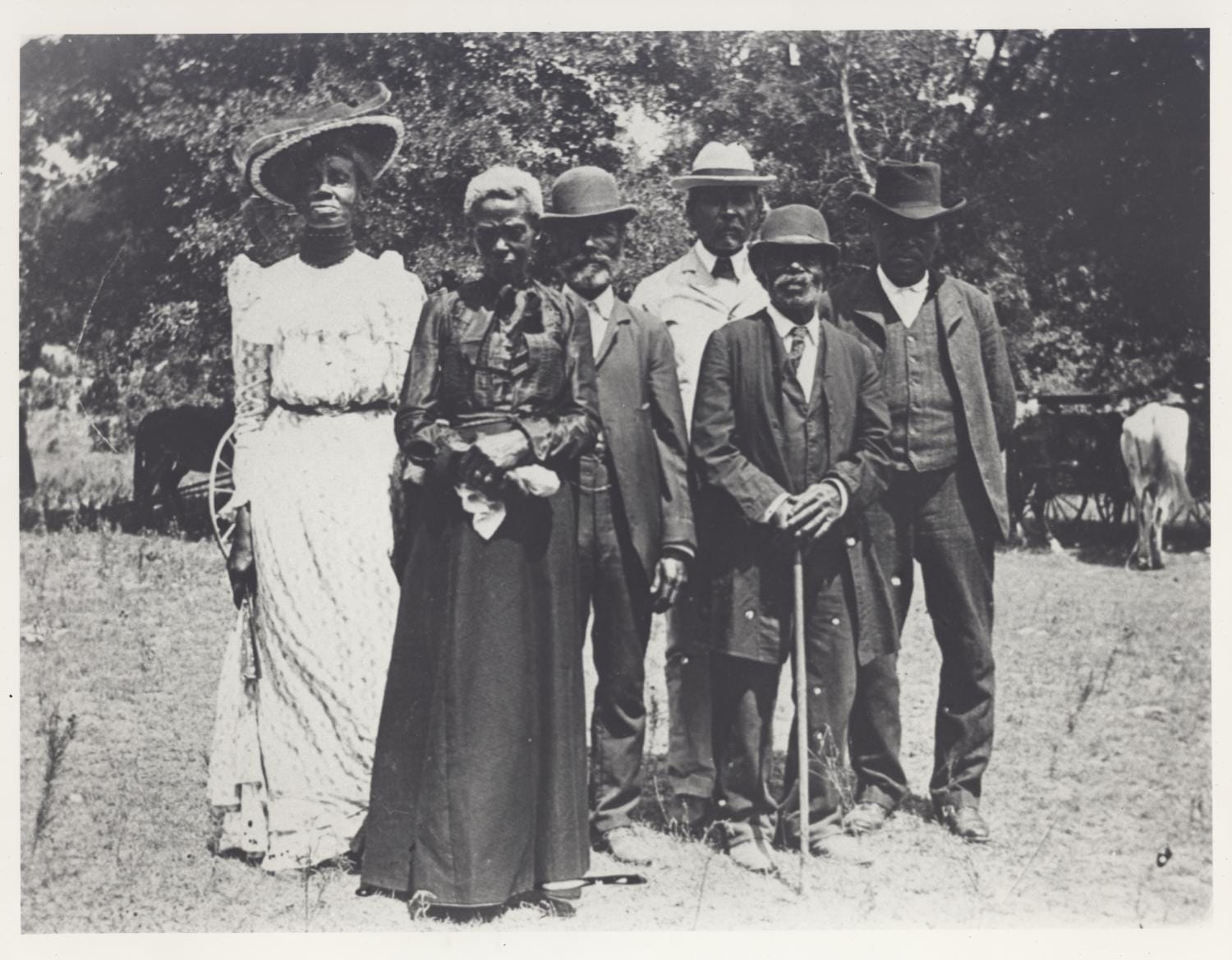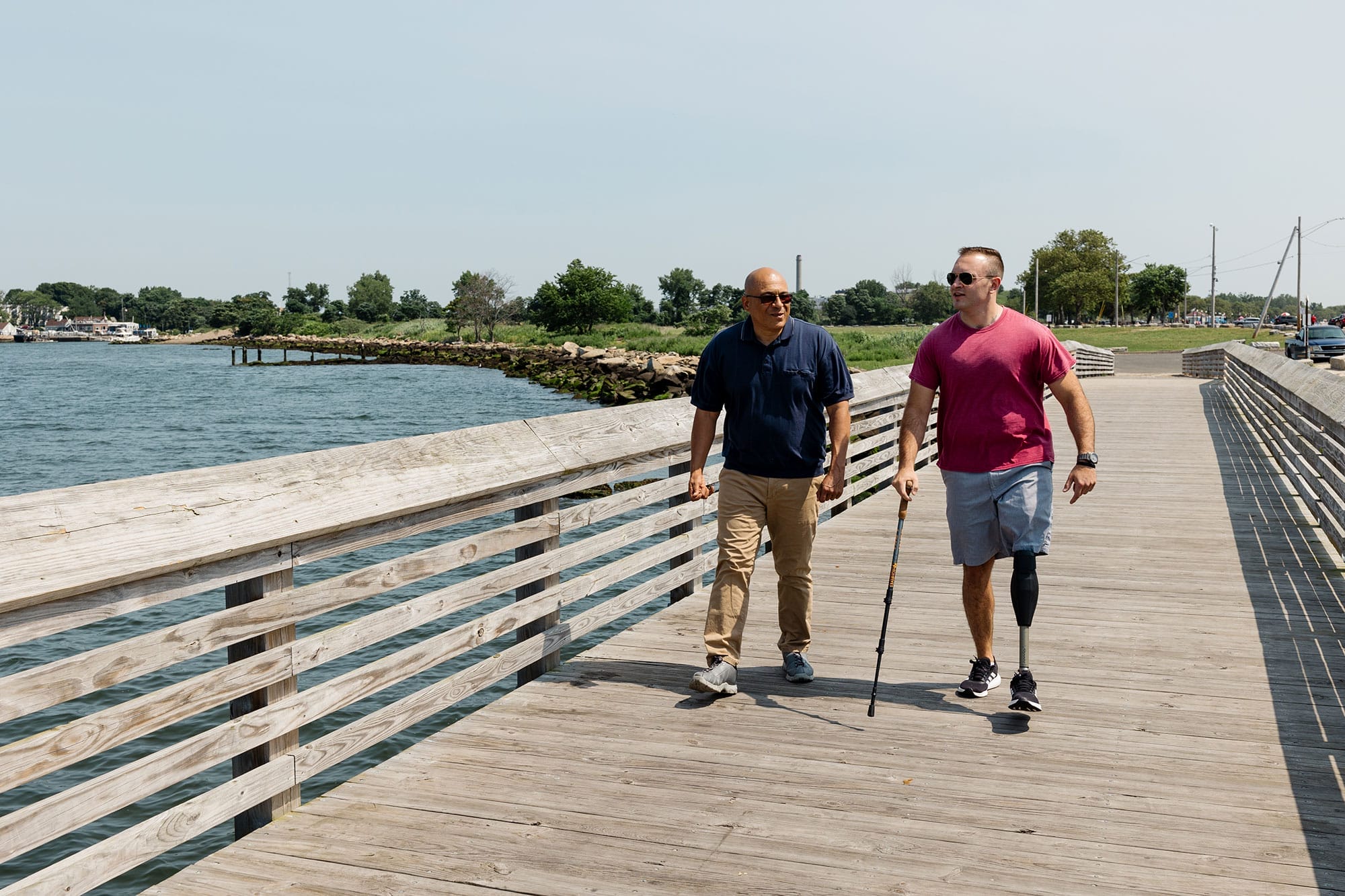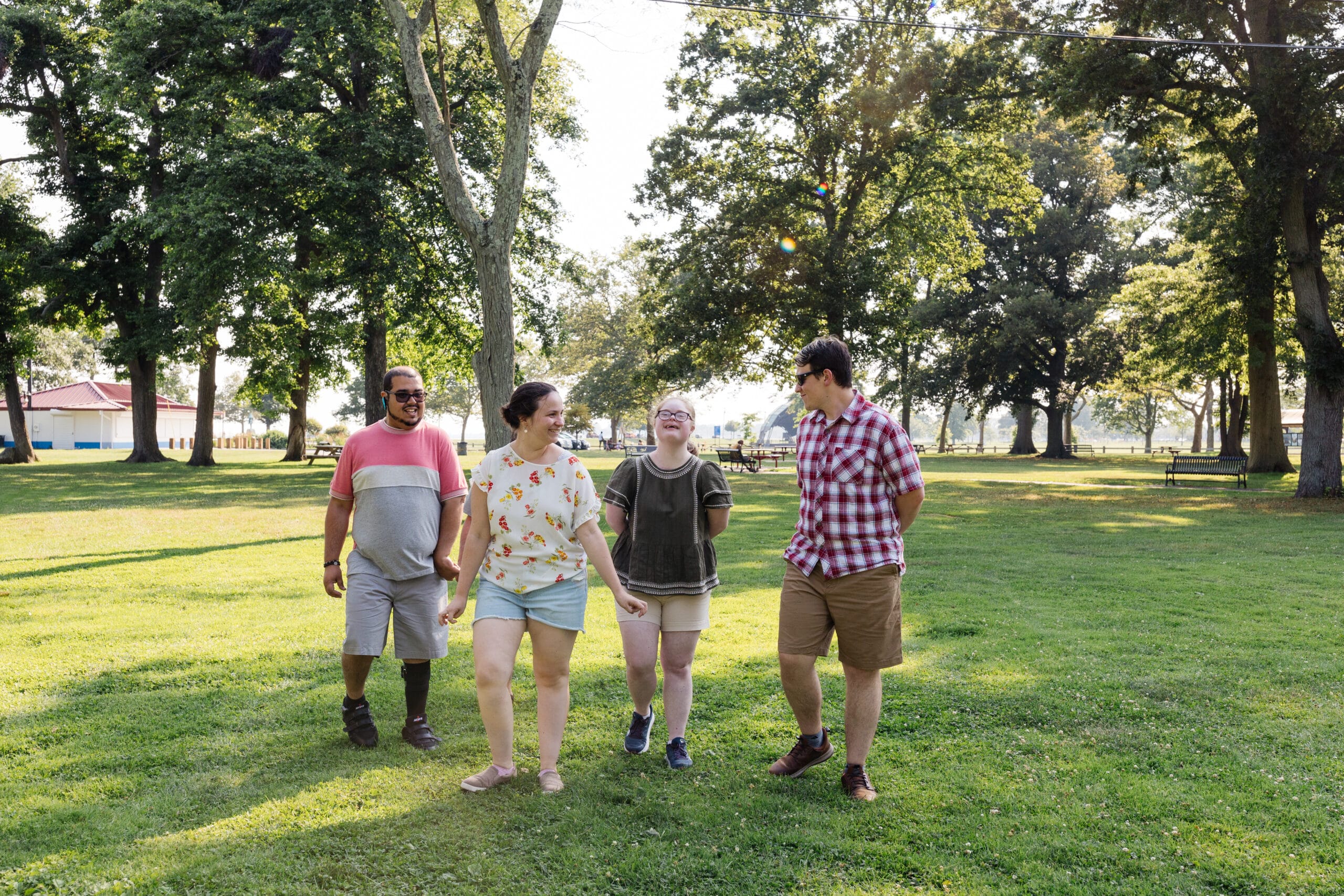
In Dallas, new ways to move forward amid the coronavirus crisis
In Dallas, new ways to move forward amid the coronavirus crisis
The world has changed almost unimaginably in the past month—but our mission hasn’t. We’re still working hard every day to ensure everyone in America has a great place to get outside close to home, and that our shared public lands are protected from threats and open to all to explore. Here’s how Molly Plummer, program director in our Dallas office, has been keeping the drive for park equality moving forward in Texas.
We were getting ready to start community engagement at six Dallas public schools when the coronavirus pandemic got out of hand. We’ve been helping the school communities rebuild their outdoor spaces, planning for upgraded playgrounds, more trees to keep the yard cooler, and new agreements to keep these spaces open to the public after school hours as parks. Our community engagement process is a really important part of that: it’s a series of meetings, classroom visits, and special events where we bring people together to learn what kinds of changes would matter to them, and talk about how a new park could help them solve other challenges they’re facing.
About a month ago, when we started thinking this coronavirus thing would get more serious, we started looking at new tools and strategies we could use to engage the community safely, from a distance. It’s a good thing we did, because although we didn’t think the situation would accelerate as quickly as it did, we found out our entire organization would be working from home for at least six weeks, and shortly after that, Dallas Independent School District went to remote learning for the rest of the school year.
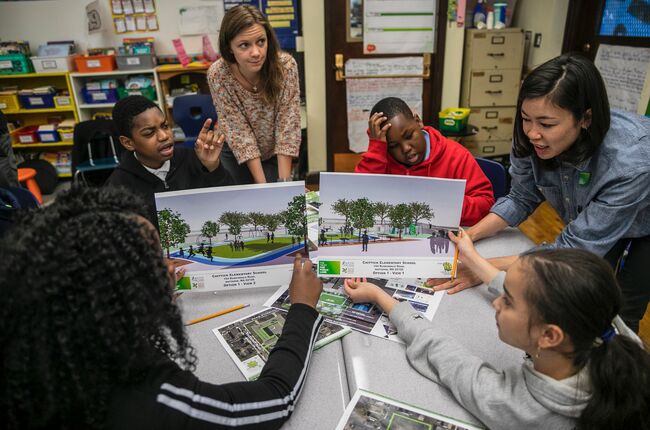 Our community engagement process typically takes place in person, with lots of opportunities for spontaneous connection. During the coronavirus pandemic, we’re shifting tacks to explore new ways of gathering input from community members.Photo credit: Erin Clark
Our community engagement process typically takes place in person, with lots of opportunities for spontaneous connection. During the coronavirus pandemic, we’re shifting tacks to explore new ways of gathering input from community members.Photo credit: Erin Clark
Obviously, for the foreseeable future, we won’t be able to engage the community the way we’d planned, using the process and methods we’ve honed for decades: by getting people together to talk, create, imagine, and share what matters to them. But by the time social distancing recommendations came to Dallas, we’ve already researched about a dozen different virtual engagement platforms, looking for the best way to migrate this process online.
That will allow us to create and distribute digital versions of the maps, surveys, presentations, and activities we often bring to community engagement. For those community members who don’t have internet access, we’re figuring out how to safely cross the digital divide to make sure we’re reaching everyone: whether that’s printing and mailing packets, or calling people up on the phone for one-on-one conversations. In any case, we’re inviting community members to respond and interact with the tool on their own time, and make it really clear that we’re available for conversation, answering questions, whatever.
Nothing will ever replace the value to our mission of face-to-face conversations and spontaneous interactions among community members. But we’re actually thinking some questions could be easier for people to answer, and that the power of these digital tools might mean we get more precise, easy-to-work-with data to bring to design and construction. If we can start talking silver linings, we’re optimistic that this situation is pushing us to pioneer new aspects of our engagement process, make it easier for more people to participate more fully on their own time, and that we could keep and get stronger outcomes through this process even when things return to normal … whenever that happens.
Elsewhere, we’re keeping in touch with the community in Oak Cliff, a neighborhood in southern Dallas where we’re working to create a new park next to South Oak Cliff High School. During the shelter-in-place order, the high school is functioning as a vital source of resources and assistance to students and their families, says South Oak Cliff Community Liaison Derrick Battie.
“This week the line of cars waiting outside the high school to pick up meals was down the block, right past the lot where we’re trying to get this park built,” Battie told us on Friday when we reached him on the phone. “We have three big apartment complexes within a few blocks of this spot, and I just keep thinking how well utilized this park will be, and how much this community needs it.”
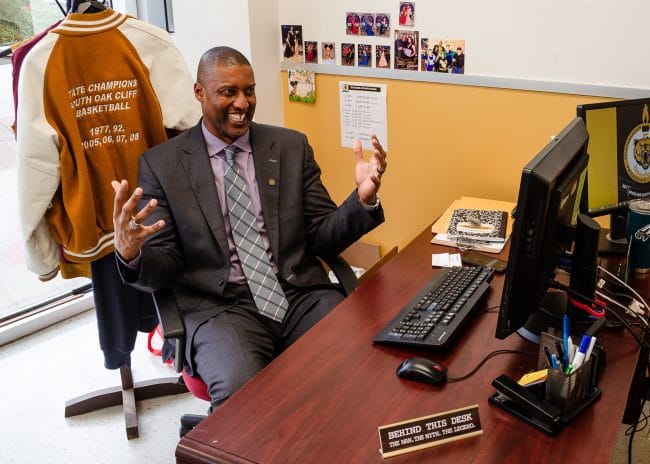 “It’s good just have someone check on you,” said Derrick Battie. “You are in this with us as we respond to those families most in need. We have faith in our brothers and sisters at The Trust for Public Land.”Photo credit: Robert Kent
“It’s good just have someone check on you,” said Derrick Battie. “You are in this with us as we respond to those families most in need. We have faith in our brothers and sisters at The Trust for Public Land.”Photo credit: Robert Kent
Battie described how the coronavirus pandemic is affecting South Oak Cliff students and their families. “The reality of this virus is brutal for our communities of color,” he said. “Our people are worried about evictions, they’re a lot of people in a two-bedroom apartment, they’re running out of money, worried about how they’re going to get supplies to just get through the next week.”
“At the same time, the will of the community works in ways that I’m still in awe of. We’re going to survive anything,” Battie told us. “Once we do go back to normal, people are going to want a place to get outside and be together, trust me. So I just can’t wait to see the day to pass when this park is open.”


Donate to become a member, and you’ll receive a subscription to Land&People magazine, our biannual publication featuring exclusive, inspiring stories about our work connecting everyone to the outdoors.
See how our supporters are helping us connect people to the outdoors across the country.




